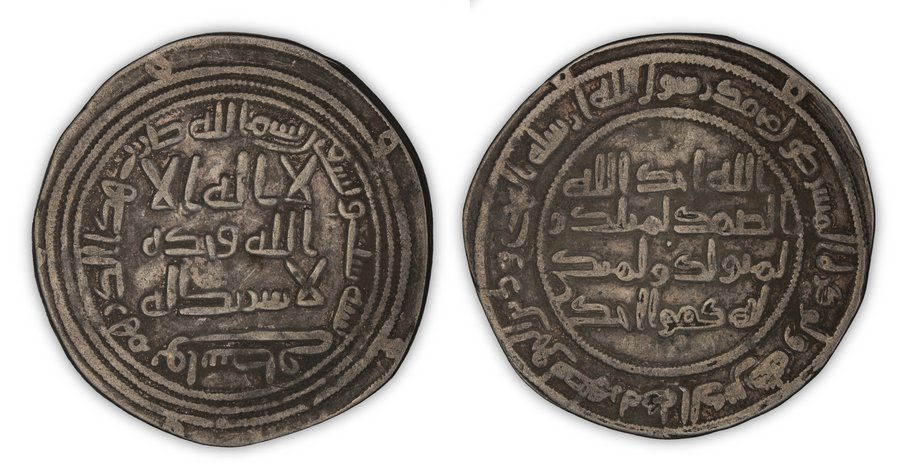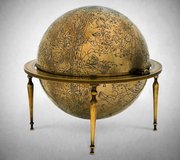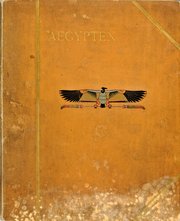
Umayyad Dirham
Museum of Islamic Art
- Title:
- Umayyad Dirham
- Production place:
- Wasit
- Date:
- 715
- Period:
- Umayyad
- Title:
- Umayyad Dirham
- Production place:
- Wasit
- Date:
- 715
- Period:
- Umayyad
- Material:
- Silver
- Technique:
- Minting
- Diameter:
- 2.6 cm
Circulating and used on a daily basis, coins are the earliest testimonies of the foundation of Islamic states and the development of trade. Similar to the production of dinars, which were first influenced by Byzantine gold coins (solidus), dirhams are silver coinage copied from Sasanian drachms, which Arabs continued to use shortly after they conquered the Sasanian Empire. This dirham is an example of the coins that were produced after the caliph ‘Abd al-Malik (65-86 AH/685-705 CE) proclaimed a new reform in 77 AH / 696 CE ordering the prohibition of any form of iconography and introducing for the following centuries new conventions with a standardized type of coinage that would include the denomination, the date and sometimes the place of issue, alongside religious inscriptions. This dirham bears on the obverse Q112 with Q9:33 on the margin, which verses relate to the unicity of God and Muhammad being chosen as His messenger. The reverse carries the kalima (‘No God but God, unique, He has no associate’), the place of production (Wasit) and the date, which corresponds to the end of the reign of al-Walid I (86-96 AH/705-715 CE).



